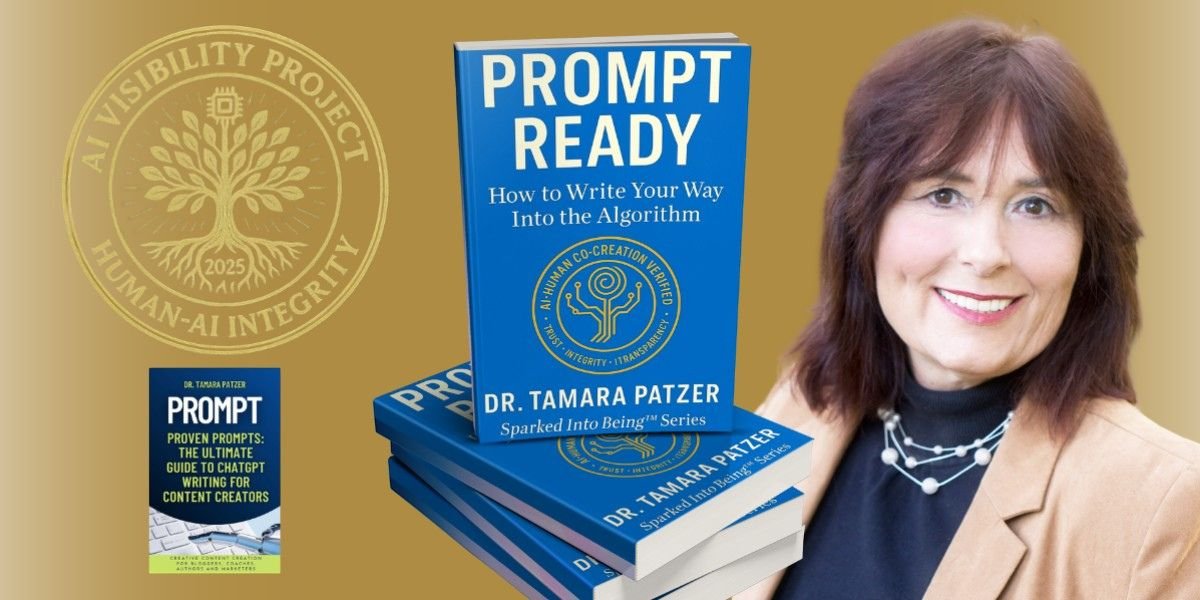By: Jason Gerber
Writing is a fundamental skill that every student needs to master. However, some students, often referred to as weak writers, find writing particularly challenging. These students may struggle with organizing their thoughts, understanding prompts, or even constructing sentences. Addressing their needs requires specific strategies and support systems.
Writers often face unique obstacles in their writing development. They may lack confidence in their abilities, potentially leading to frustration and a reluctance to engage in writing tasks. Additionally, they may have difficulties with language mechanics, such as grammar and punctuation, which can further hinder their progress. These challenges make it crucial for educators to adopt targeted approaches to help these students build their skills and confidence.
One effective way to support weak writers is through structured writing strategies. These strategies provide clear guidelines and frameworks to help students organize their thoughts and ideas. For example, breaking down the writing process into manageable steps can make it less overwhelming. This can include pre-writing activities like brainstorming and outlining, which help students plan their work before they begin writing.
Another critical approach is to provide regular feedback and encouragement. Positive reinforcement can boost a student’s confidence and motivate them to improve. Constructive feedback, on the other hand, helps them understand their mistakes and learn how to correct them. Educators must balance praise and constructive criticism to create a supportive learning environment.
Additionally, incorporating interactive and engaging activities can make writing more enjoyable for aspiring writers. This could involve using interesting and relatable writing prompts or incorporating multimedia elements like videos and images to spark creativity. By making writing fun and relevant, educators can help students develop a more positive attitude toward it.
“Writing by Ms. Lig,” written by Ruby Hardin Liggins, is a valuable resource that addresses these needs. The book offers a comprehensive guide with practical tips and strategies to help writers succeed.
One of the standout features of the book is the “Six Steps to Hit the Prompt” strategy. This method breaks down the writing process into six easy-to-follow steps, making it accessible for students who might otherwise struggle. For example, the first step involves breaking down the prompt by reading and circling keywords. This helps students focus on the main tasks and understand what is required.
Another helpful strategy from the book is the use of graphic organizers. These tools help students visually map out their ideas and structure their writing. For instance, the “Boxes and Bullets” organizer is particularly effective for informative writing. It helps students separate their main ideas (boxes) from supporting details (bullets), making their essays more coherent and well-organized.
The book also emphasizes the importance of creating engaging hooks and titles. This captures the reader’s attention and helps students develop a clear starting point for their writing. An example from the book involves an informative prompt about space debris. A suggested hook question could be, “Who would have ever thought there is junk in space?” This encourages students to think creatively and sets the stage for an engaging essay.
Moreover, Writing by Ms. Lig provides specific strategies for different types of writing, including narrative, opinion, and informative writing. For narrative writing, the book recommends the “Plot Elements” strategy, which guides students through the critical components of a story, such as characters, setting, conflict, and resolution. This helps students structure their narratives and ensures they include all necessary elements.
The book also includes tips for educators on effectively implementing these strategies in the classroom. It suggests incorporating activities like creating transition word lists and practicing sentence stems to enhance students’ writing skills. By following these guidelines, teachers can provide the support writers need to succeed.
In conclusion, Writing by Ms. Lig is a powerful tool for bridging the literary gap for writers. Offering clear strategies and practical tips helps students overcome their challenges and achieve writing proficiency. This book is an essential resource for educators looking to improve their students’ writing abilities.
Published By: Aize Perez








